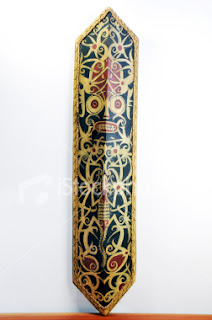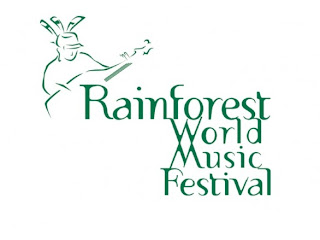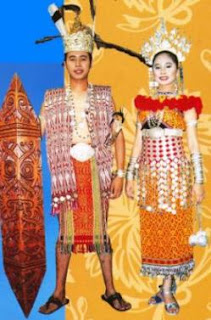Gunung Gading
Gunung Gading National Park has a very special star attraction - the Rafflesia, the world’s largest flower - and the park is one of the best places in Asia to view the Rafflesia’s spectacular blooms. Gunung Gading sprawls across four jungle-clad mountain peaks, and its dense primary rainforest is criss-crossed by crystal clear streams and waterfalls.
The Rafflesia, the world’s largest flower, is a parasitic plant found only in Southeast Asia, and then only in sub-montane hilly forests at elevations between 400-1,300 metres. Sir Stamford Raffles and Dr Joseph Arnold were the first Europeans to discover the Rafflesia. In 1818, whilst on a field trip near the town of Bencoolen (Bengkulu) in Sumatra, they came across a huge specimen that measured 97 cm in diameter. This species was later named the Rafflesia Arnoldi. When news of the discovery reached the botanical community in 1820 it caused quite a sensation with murmurings of disbelief.
There are thought to be 17 species of Rafflesia, some of which may already be extinct.he Rafflesia is as unusual as it is spectacular. Much of the flower’s biology remains a mystery to this day. It has no specific flowering season and it has no roots, leaves or stem. The Rafflesia depends on a host vine - the tetrastigma, a member of the grape family. Scientists are still unsure why the Rafflesia associates itself with the tetrastigma vine or how the seeds of a Rafflesia germinate and grow. What is known is that threads of tissue spread out within the vine and absorb nutrients. After 18 months a small dark brown bud appears.
Rafflesia flowers are either male or female, and therefore cannot self-pollinate. For pollination to take place, a male and a female flower must bloom at the same time and pollen must be transported over considerable distances. In the Rafflesia’s case pollination is carried out by carrion flies, so whilst in full bloom the Rafflesia gives off a foul smell of decaying flesh to attract them. Seeds are thought to be dispersed by rodents and other small mammals which eat the flowers. Scientists remain baffled, however, as to how the tiny seeds infest the roots and stems of the host vine.




.jpg)


.jpg)

.jpg)



.jpg)





.jpg)
.jpg)

.jpg)


.jpg)


.jpg)